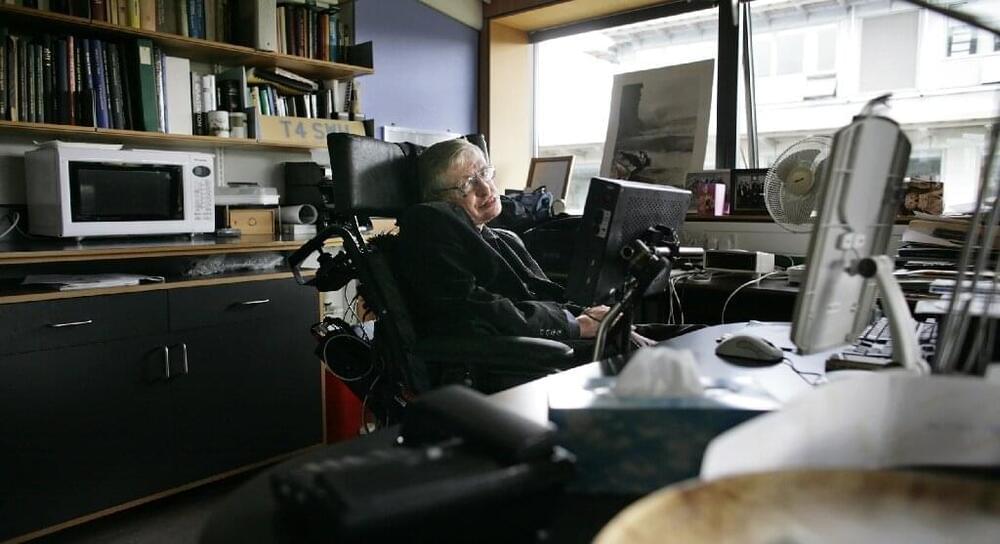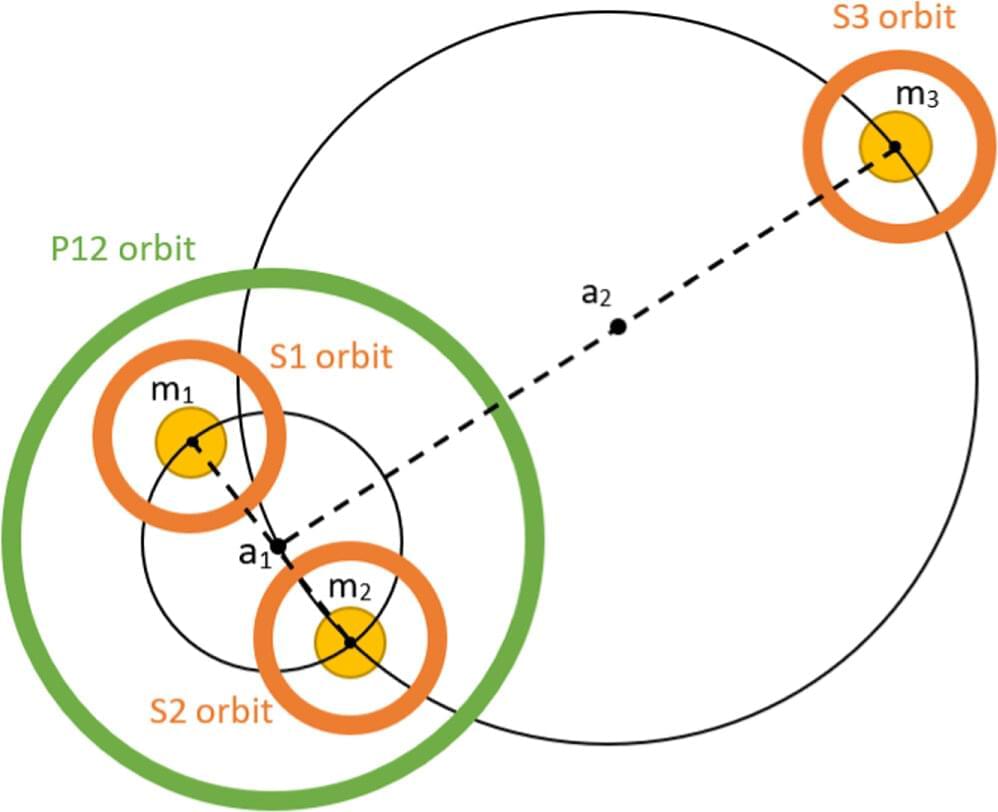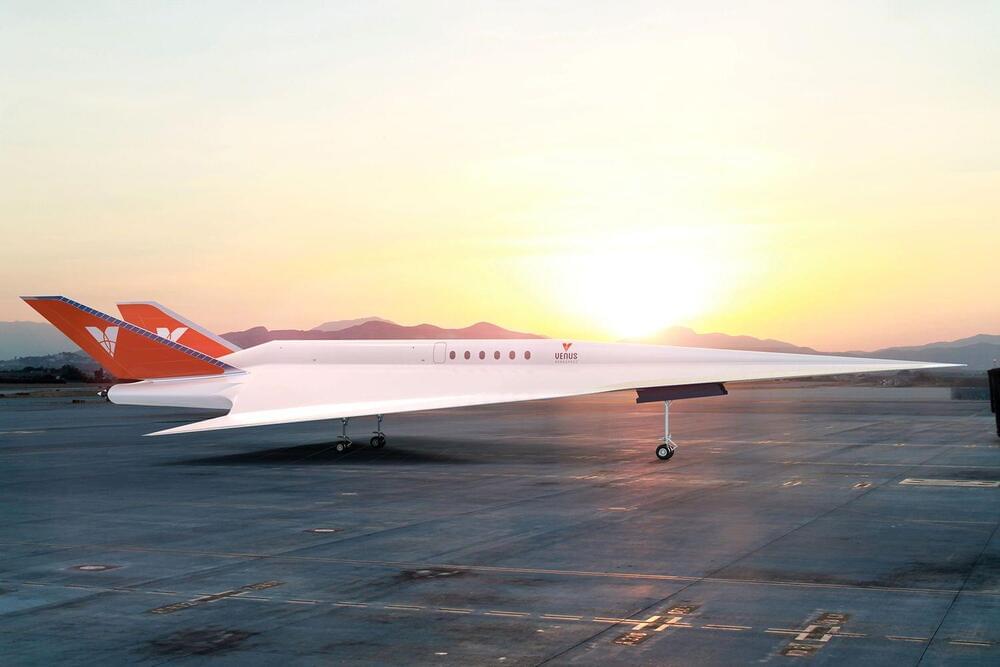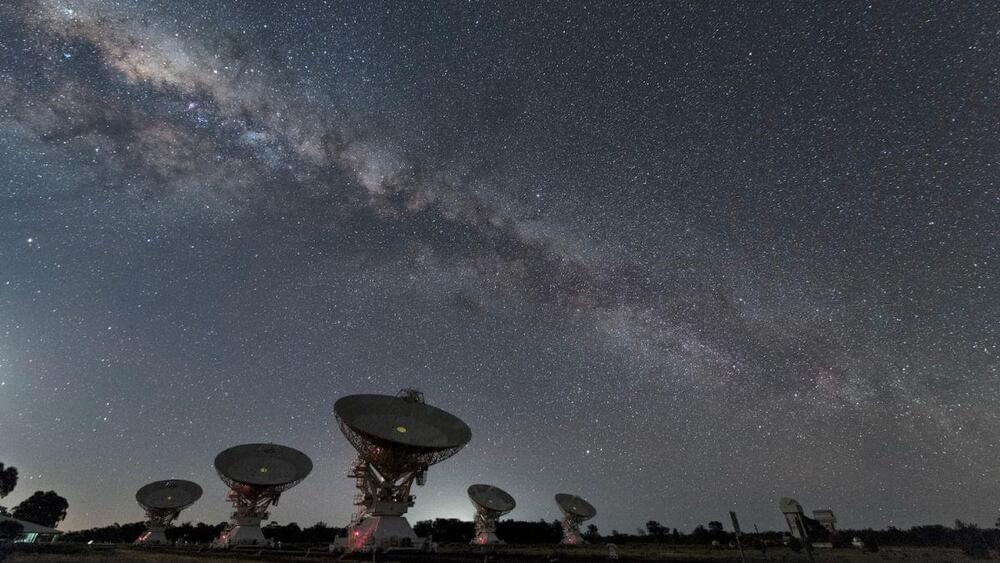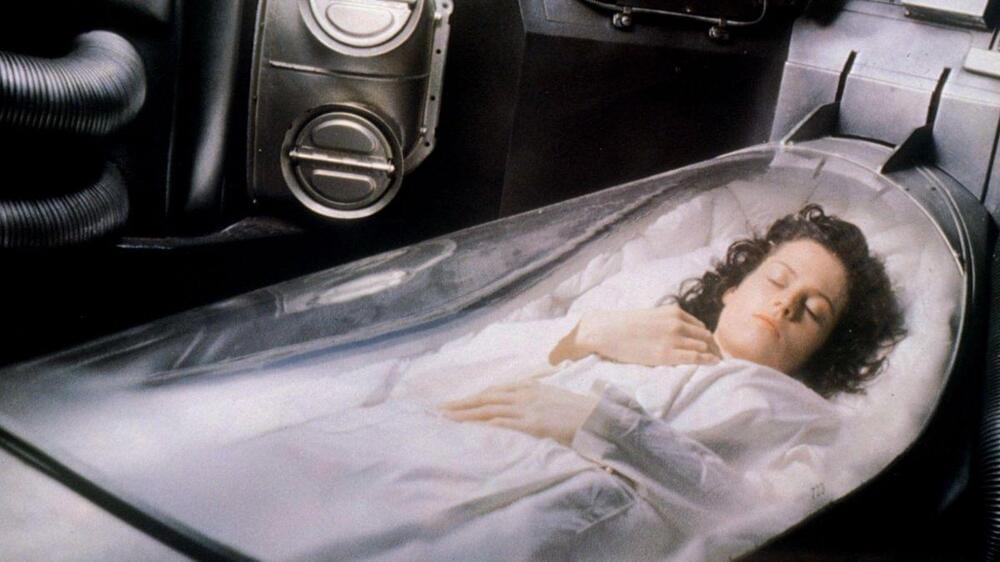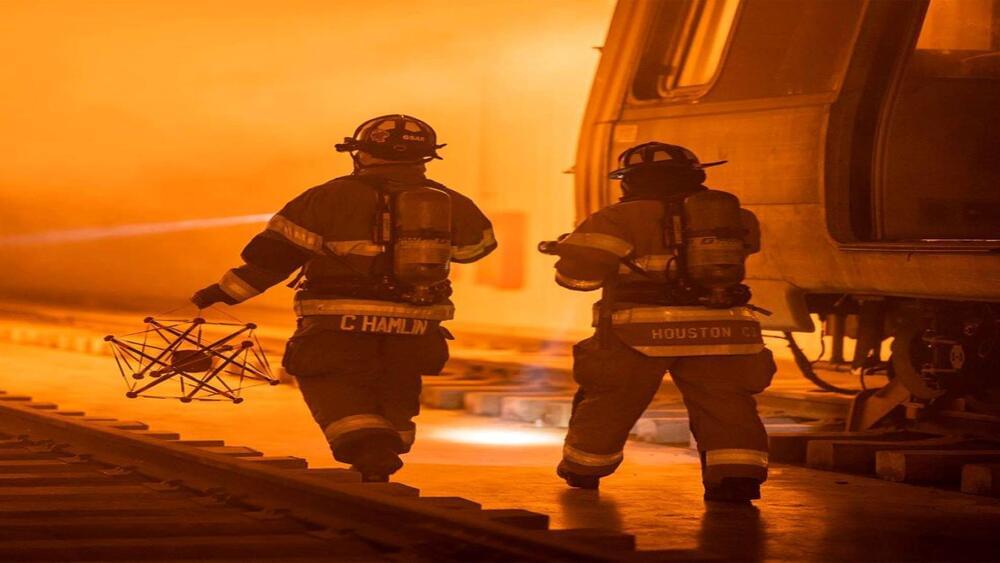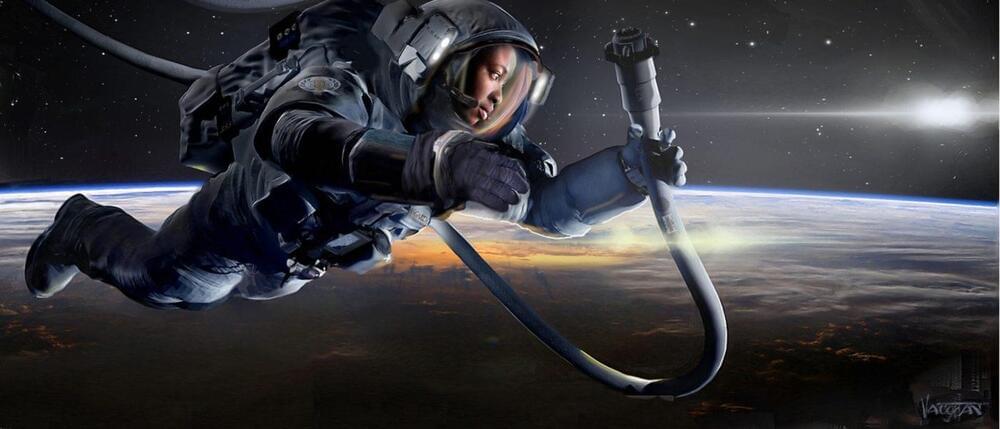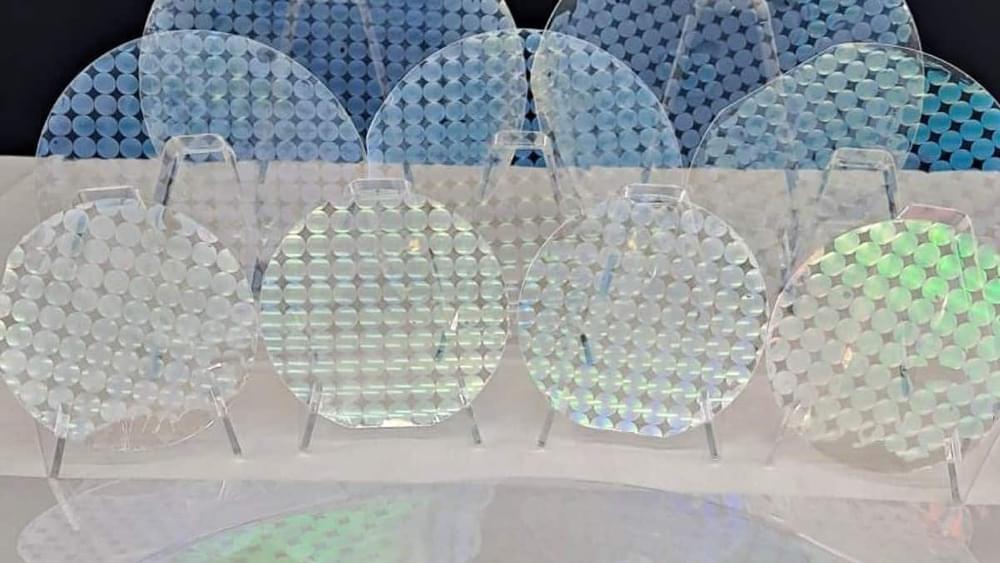May 28, 2023
Stephen Hawking’s last collaborator on physicist’s final theory
Posted by Genevieve Klien in category: space
When Thomas Hertog was first summoned to Stephen Hawking’s office in the late 1990s, there was an instant connection between the young Belgian researcher and the legendary British theoretical physicist.
“Something clicked between us,” Hertog said.
That connection would continue even as Hawking’s debilitating disease ALS robbed him of his last ways to communicate, allowing the pair to complete a new theory that aims to turn how science looks at the universe on its head.
